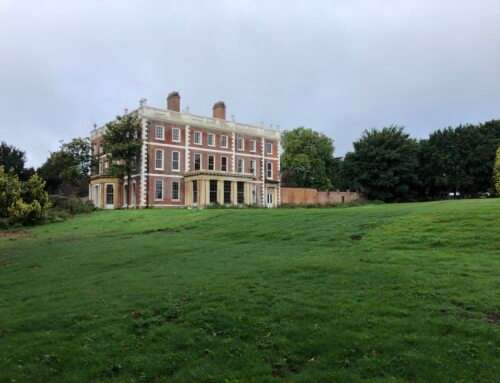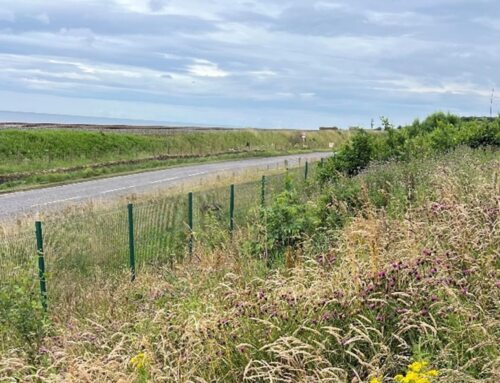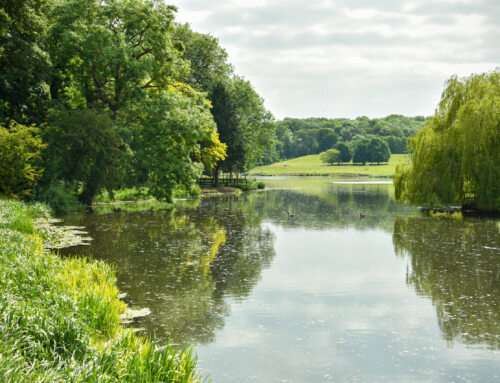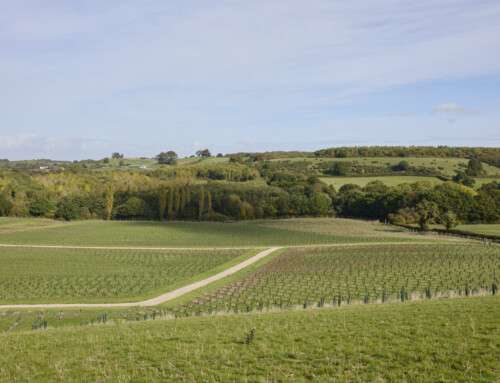New Woodland Creation – Blenheim Estate
Key Species:
The objective of this ongoing project was to convert low-grade, unprofitable agricultural land into functional, multi-purpose woodlands. The new woodlands include more than 270,000 trees planted across nearly 100 hectares of land, 9.5km of connective permissive footpaths and specific planting designs to increase climate resilience and biodiversity. Areas of open space have been included throughout the new woodlands, as well as a wide variety of native, naturalised, conifer and non-native species, not only to diversify the woodland structure but the general landscape aesthetic.
Key Species:
Pedunculate oak, Hornbeam, Wild cherry, Small-leaved lime, Norway maple, Scots pine, Douglas fir, Hazel, Dogwood, Wayfaring tree.
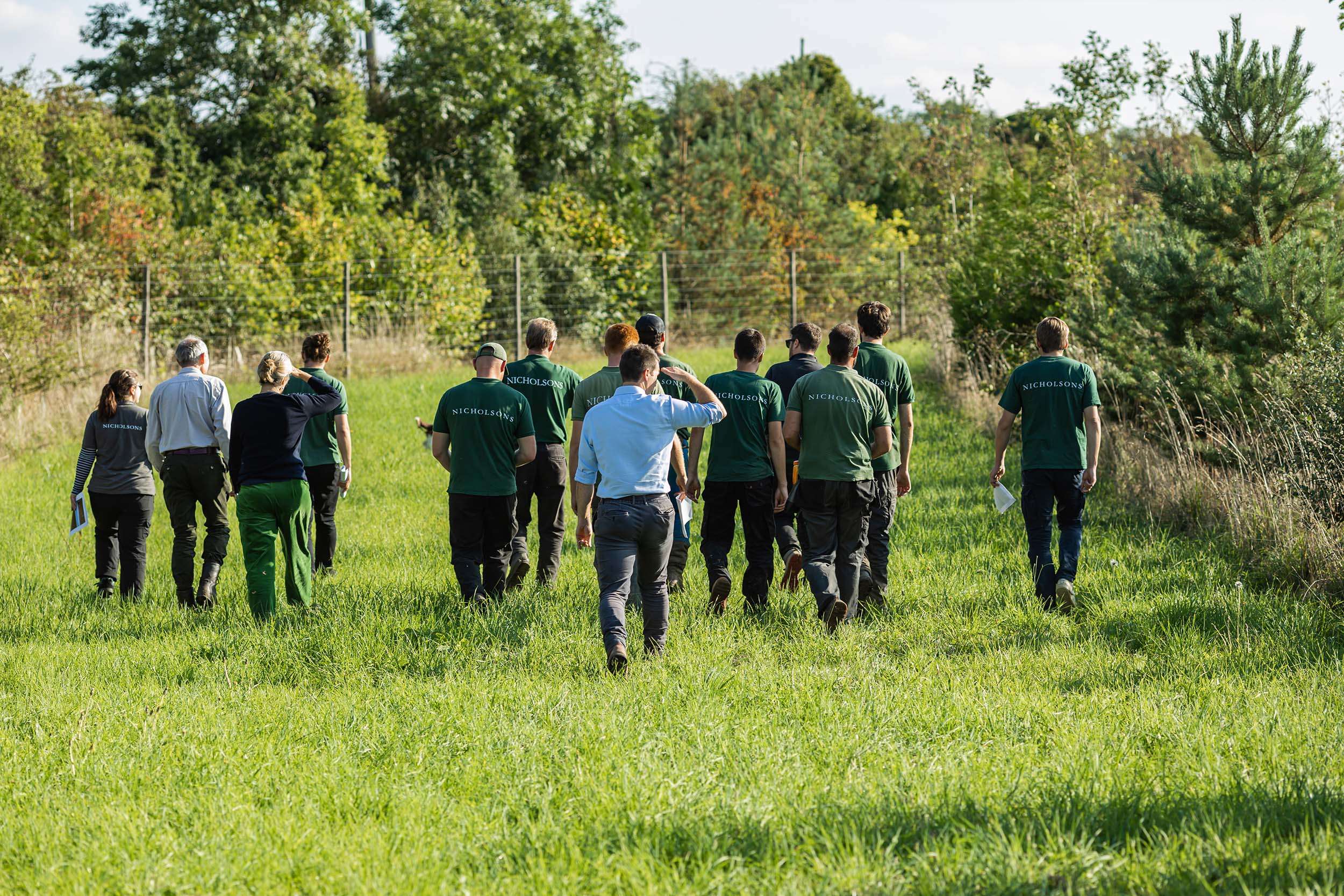
Environmental Benefits:
For many different flora and fauna species, these new large areas of woodland will provide essential habitat, food source and connectivity between new and existing environmental features, such as hedgerows, woodlands and grasslands.
“Our woodlands will provide measurable, demonstrable gains in terms of soil, air and water quality, not to mention the wellbeing benefits for all those who can come and enjoy the forest as it grows.”
John Morgan, Chief Executive of Morgan Sindall Group

